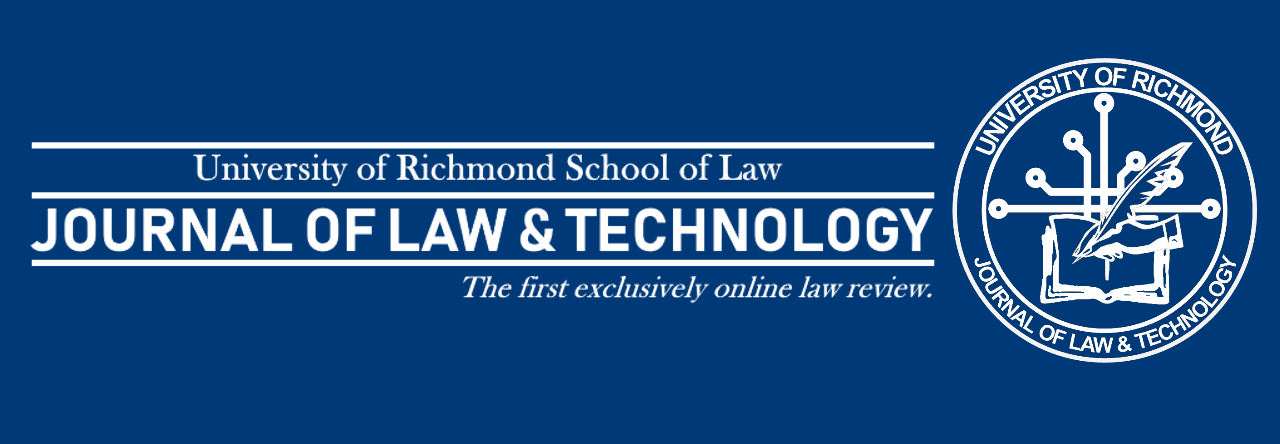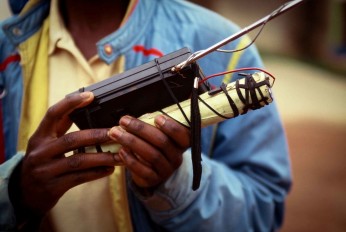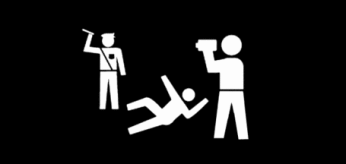By: Biniam Tesfamariam,
On August 30th , Palo Alto Networks reported KeyRaider, a newly discovered malware, infected 225,000 jail broken iPhones.[1] Apple users that recently had their accounts hacked have found their accounts to be frozen until the users pays a ransom or unauthorized purchases charged to their credit cards. [2]Jail broken iPhone users in seventeen countries including the United States, China, France, Russia, Japan, and the UK all have been bugged with this malware.[3]
Consumers privacy information are also at risk from the malware. With a victim’s Apple account and password, attackers can launch all kinds of additional attacks. A hacker could control the device through iCloud, thus compromising the victims private data contained in their iMessage logs, contacts, photos, emails, documents and location. [4]
If you do not have an iPhone or are unfamiliar, jail breaking essentially hacks into the Operating System to allow a consumer to download any application they choose, including those not authorized by Apple. In the process, Jail breaking ones iPhone eliminates security layers designed to protect personal information.
There are a plethora of federal statues in effect, which are designed to protect consumers from such instances. Major businesses such as Apple, have warranties to assist its consumers from malware and other viruses that attack their products.
From the business perspective it would seem in Apples best interest to assist consumers who jail broke their iPhones despite Apple warnings. Often times a user may be subject to a virus on their iPhone whether or not the device is jail broken. Any malfunction on a consumer product would be bad for business, which could affect future purchases.
Also, such issues certainly can put Apple at a huge risk of negative public perception of the quality of their products, just last year hackers revealed over hundreds of private female nudes for the world to see.[5] Even more so, regulatory investigations from the FTC, FBI, and other similar agencies alike are likely to occur. Based on the consistency of these hacks, the problem remains of the deterrence effect of federal laws enacted to protect consumers.
[1] Claud Xiao, Keyraider: IOS Malware Steals Over 225,000 Apple Accounts to Create Free App Utopia (Aug. 30, 2015, 6:00 PM), http://researchcenter.paloaltonetworks.com/2015/08/keyraider-ios-malware-steals-over-225000-apple-accounts-to-create-free-app-utopia
[2] Id.
[3] Id.
[4] Id.
[5] Andrea Peterson, Emily Yahr, & Jobby Warrick , Leaks of Nude Celebrity Photos Raise Concerns About Security of the Cloud (Sept. 1, 2014) http://www.washingtonpost.com/politics/leaks-of-nude-celebrity-photos-raise-concerns-about-security-of-the-cloud/2014/09/01/59dcd37e-3219-11e4-8f02-03c644b2d7d0_story.html
Photo Source: http://www.imore.com/daily-tip-iphone-3gs-older-newer-bootrom





